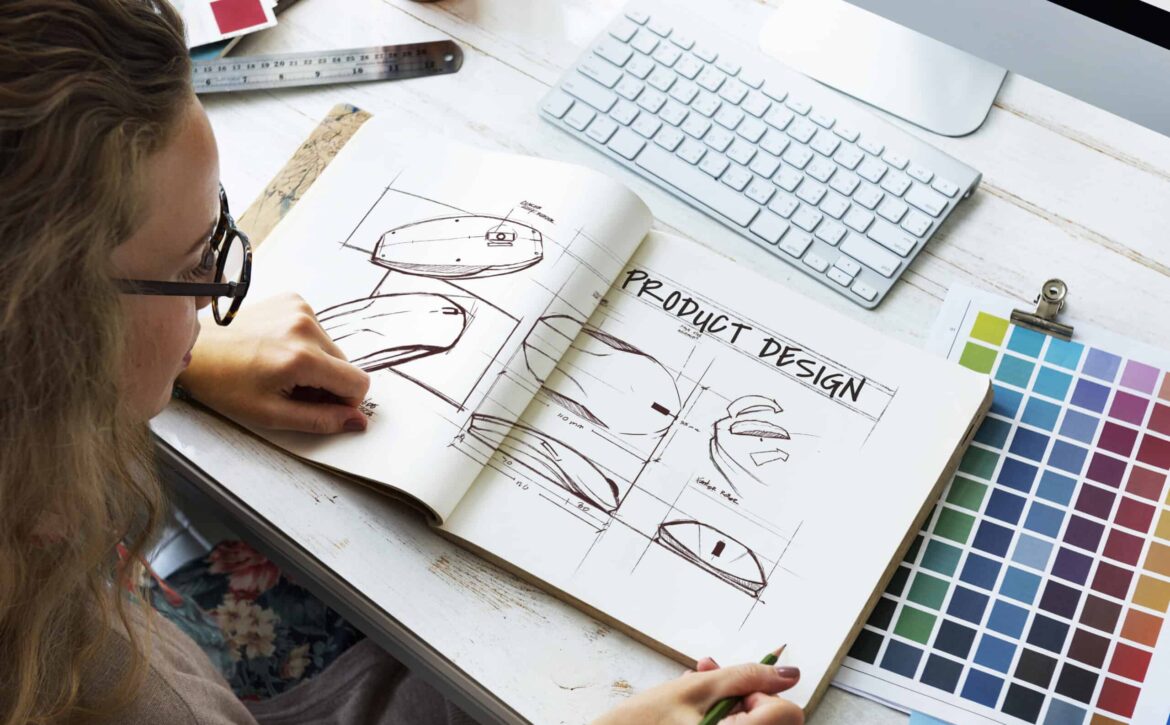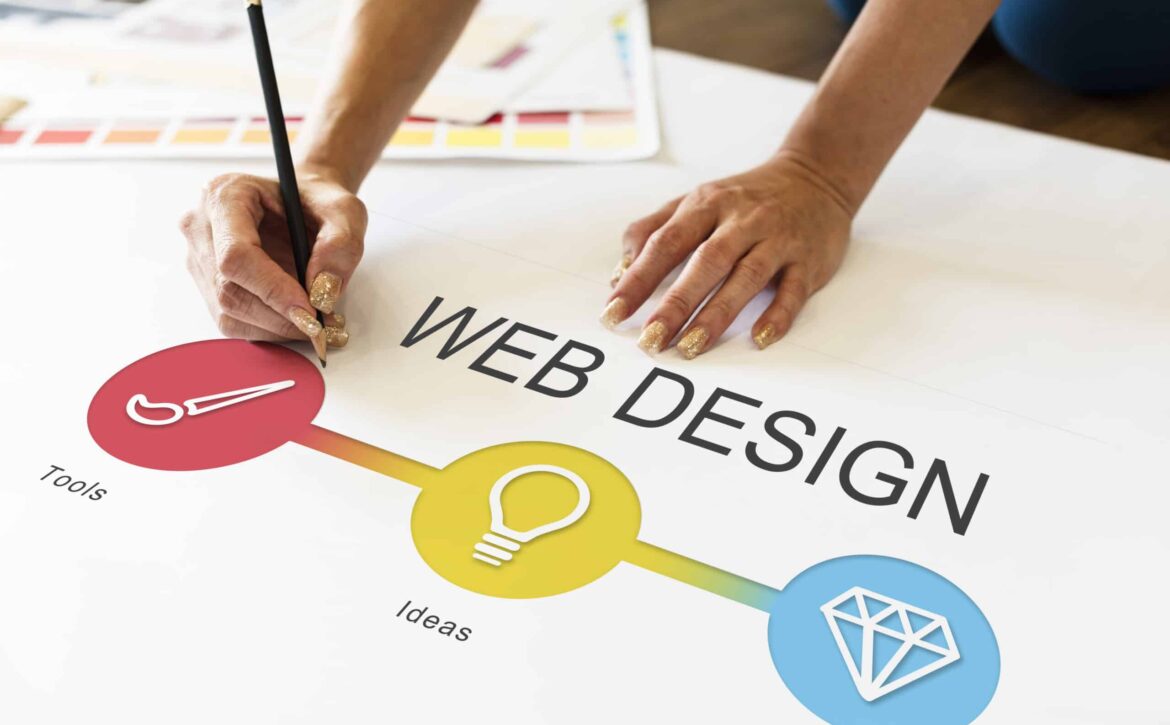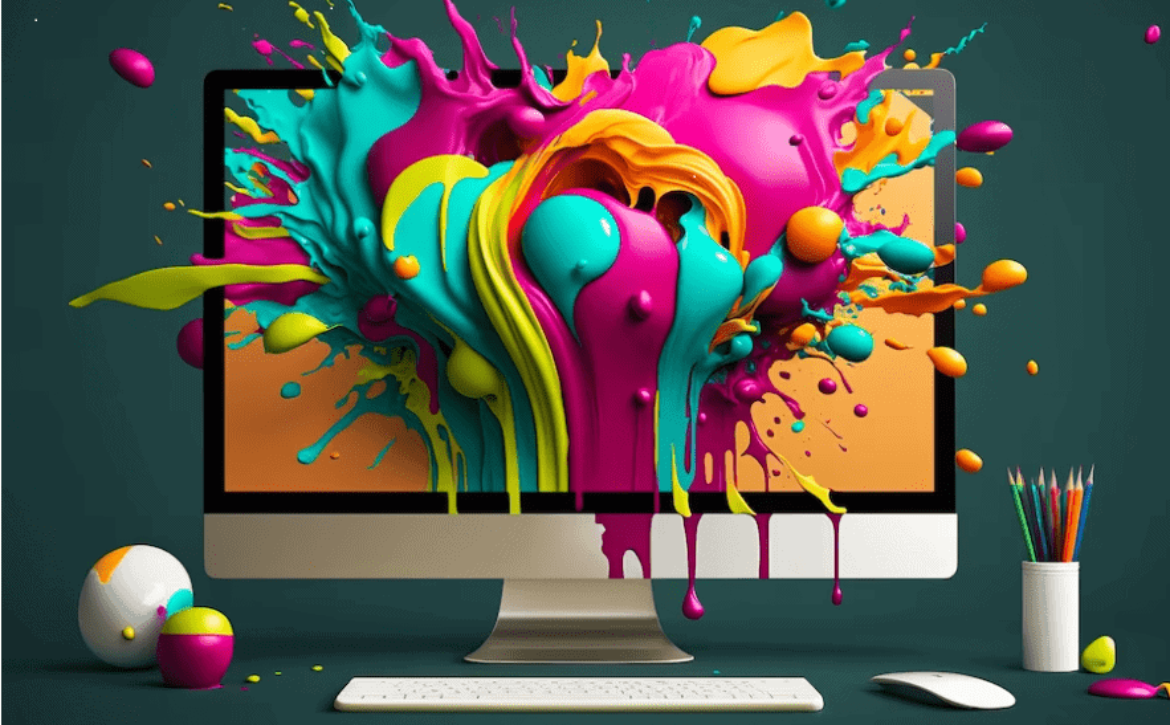The Definitive Guide to Web Design Services in Riverside
Discover expert web design riverside services for local businesses. Learn pricing, process, and tips to boost your online presence.
Discover expert web design riverside services for local businesses. Learn pricing, process, and tips to boost your online presence.
Unlock creative digital design for business growth. Discover tools, strategies, and tips to boost brand impact and user experience.
Your logo is the face of your brand. It is the first thing that customers see when they interact with your product or service. A creative logo design can capture the essence of your business, communicate its values, and differentiate it from competitors. This blog will explore what a creative logo design entails and why it is crucial for your business success. We will delve into creating the perfect logo, discussing key elements such as colors, typography, and shapes. Provide tips to avoid common mistakes while designing a logo and share some best practices to create an outstanding creative design that resonates with your target audience and elevates your brand identity.
A creative logo design is crucial in establishing a strong brand presence because it visually represents a brand’s personality, values, and unique identity. A well-crafted logo design communicates brand identity, recognition, and recall, making it essential to resonate with the target audience. Therefore, it is crucial to choose a versatile and adaptable logo design that can represent your brand across various mediums consistently. By doing so, you can ensure that your logo design reflects your brand’s essence while making a lasting impression on your audience.
A creative logo design is more than just a symbol in today’s competitive market. It’s an essential tool for brand recognition and customer trust. A well-crafted logo can set your business apart from competitors, effectively conveying your brand’s story and values. This innovative design is key to enhancing brand identity and ensuring better recognition and recall, setting the right tone for your business’s personality and ethos.
A creative logo design is key to shaping a brand’s identity and fostering customer loyalty in today’s competitive market. The right colors and design elements aid in brand recall and establish a strong emotional connection with the customers. A well-crafted logo symbolizes the brand’s story, values, and aspirations, visually representing its ethos and vision. It’s no wonder why a creative logo design is crucial in leaving a lasting impression on the target audience.
Captivating the target audience through a well-crafted logo design is essential for effective engagement. Drawing attention and interest makes a lasting impression, effectively communicating with the audience. Incorporating the right elements ensures brand appeal, solidifying credibility and enticing the audience. Professional designers use graphic design to create innovative logos that establish brand identity and attract the desired audience. This attraction is crucial in building brand loyalty and trust, leading to business success.
In the fiercely competitive world of branding, a well-designed logo is a powerful tool that can serve as a visual ambassador for your brand. Approaching the logo design process thoughtfully and strategically is crucial to achieving the perfect creative logo that reflects your brand’s identity. Here’s a step-by-step breakdown of the key components of choosing the perfect creative logo design.
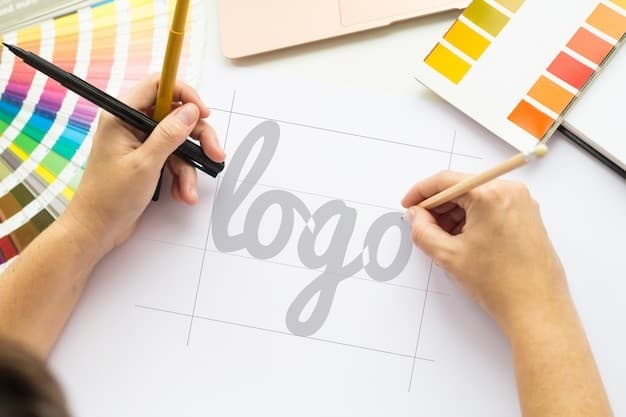
Overcomplicating a logo design hinders brand consistency and reproduction. Only following trends can result in a logo needing more uniqueness. A creative logo should emphasize branding over personal design preferences. It’s crucial to avoid excessive design elements and colors for brand recognition. Negative space in logo design should enhance, not overshadow, brand identity. Keeping these points in mind will help you steer clear of common logo design mistakes and create a standout brand identity.
Overloading your logo with excessive design elements and colors can hinder its adaptability across different media and applications. Cluttering the logo with too much text and imagery may compromise its visual appeal, making it less memorable. Simplifying the logo’s design elements, font, and layout ensures easy recognition and scalability. Overcomplicating the logo design not only dilutes brand identity but also affects brand recognition negatively, impacting overall brand consistency and recall.
When designing a logo, it’s crucial to avoid blindly emulating trends. Trendy designs can dilute brand uniqueness and quickly become outdated. Neglecting brand identity in favor of trends can lead to brand confusion. Instead, focus on creating a timeless design that reflects the brand’s core values. Trendy elements should complement, not overshadow, the brand’s story and identity. Consider the long-term impact of design choices rather than following fleeting trends.
Choosing the perfect creative logo design is crucial to the success of your business. Your logo is the foundation for brand recognition, identity, and customer loyalty. It’s essential to have a well-crafted logo that differentiates your business and leaves a lasting impression on your target audience. A thoughtfully designed logo can elevate your brand perception and market positioning, helping you stand out in a sea of competitors. To ensure you create a logo that perfectly represents your brand, take the time to research and discover what resonates with your target audience. Remember, a great logo design is a small investment that can yield big results for your business.
Crafting a creative logo design that captures the essence of your brand requires careful consideration and a keen eye for design. With so many factors to consider, it’s important to take the time to create a logo that truly represents your brand. Here are five tips to guide you in creating a stellar logo:
A creative logo design is essential to stand out in a competitive market. It plays a crucial role in establishing brand identity and attracting the target audience. A well-designed logo reflects your business’s values, personality, and uniqueness. Carefully considering colors, fonts, and shapes allows you to create a logo that resonates with your audience and leaves a lasting impression. Remember, a creative logo design is not just a visual representation; it is a strategic investment in the success of your business. If you need help creating the perfect logo design for your brand, contact us at 760-383-3591; we’ll be happy to assist you. Follow these tips and create a logo that captures the essence of your brand and leaves a memorable impact on your customers.
Have you ever wondered how people perceive your brand in the vast landscape of the internet? In today’s digital age, a brand’s online presence is paramount. Your website is often the first glimpse into your world that potential customers get. It’s where the initial connection is made, the first impression formed. This is why creative website design is not just about aesthetics; it’s a powerful tool for shaping and enhancing your brand’s image. In this blog post, we’ll explore how a thoughtfully designed website can significantly impact your brand’s perception, trustworthiness, and overall success.
Creative website design combines aesthetics and functionality to craft a digital platform that engages and captivates. It’s about using colors, typography, imagery, and layout to tell a story, convey brand identity, and create a memorable user experience. Creative design isn’t just about making a website look visually appealing; it’s about strategically using design elements to evoke emotions, establish trust, and effectively communicate your brand’s essence. Creative website design is the gateway to leaving a lasting mark on your audience in a world where first impressions matter.
In the digital realm, first impressions happen in seconds, and your website is often the gateway to your brand. How your website looks and feels can differ between visitors staying to explore or clicking away. Creative website design plays a pivotal role in crafting that vital first impression. It sets your brand’s tone, communicates professionalism, and piques curiosity. A well-designed website captures attention and conveys that your brand is modern, trustworthy, and worth exploring further. First impressions in the digital world are make-or-break moments, and creative design can tip the scales in your favor.
Creative website design involves a multi-faceted approach that harmoniously combines various elements to create a seamless and engaging user experience. Let’s break down the key components that constitute creative website design:
Creative website design serves as a visual ambassador for your brand, reflecting its personality, values, and mission. Your website can mirror your brand’s identity by carefully selecting colors, typography, and imagery. Whether your brand is bold, innovative, classic, and dependable, the design can speak this language. A cohesive design that resonates with your brand’s core values makes a strong impression and ensures that visitors leave with a clear understanding of what your brand represents. In this way, it becomes a powerful tool for brand storytelling and recognition.
User experience (UX) is the heart and soul of a website’s functionality. Creative website design goes beyond aesthetics; it creates an intuitive and user-friendly interface. A website that is easy to navigate, loads quickly, and provides a seamless experience keeps visitors engaged. Users who can effortlessly find the information they seek or enjoy a frictionless shopping experience are more likely to develop a positive perception of your brand. The creative integration of design elements ensures that every user interaction is functional and delightful, leaving a lasting impression of professionalism and user-centricity.
A creatively designed website goes beyond aesthetics; it builds trust and credibility. When your website looks professional and is easy to navigate, it instills confidence in your audience. It signals that you’re serious about what you do. Trust is the foundation of any successful brand, and your website is often the first place where potential customers form their opinions. Creative design can reassure visitors, making them more likely to engage with your brand, trust your products or services, and ultimately become loyal customers. It’s a powerful step in enhancing your brand’s image and reputation.
One of the key aspects of a successful website is its ability to showcase your products and services effectively. Creative website design doesn’t just make your offerings look appealing; it enhances the overall user experience. By thoughtfully arranging content, incorporating high-quality images, and employing user-friendly navigation, your website can transform into a virtual storefront that captivates visitors. Through creative design, you can highlight the unique features of your products or services, demonstrate their value, and guide potential customers toward a purchase. This showcase not only engages users but also bolsters your brand’s image as one that’s professional, credible, and dedicated to providing an exceptional customer experience.
Creative website design isn’t just about aesthetics; it’s a powerful ally in SEO (Search Engine Optimization). A well-designed website, with an intuitive layout and responsive structure, can significantly enhance your search engine rankings. When your website loads quickly, is easy to navigate, and provides a seamless user experience, search engines reward it with higher visibility. Additionally, well-organized content, strategically placed keywords, and an engaging design contribute to a better SEO score. In this digital age, where appearing at the top of search results is crucial, it becomes a potent tool for boosting your brand’s image and online visibility.
Mobile responsiveness, a crucial facet of creative website design, ensures your brand’s image remains consistent across devices. A responsive site adapts to various screen sizes, offering an optimal viewing experience. It caters to a broader audience and showcases your brand as forward-thinking and user-centric. When visitors can seamlessly navigate your website on their smartphones and tablets, they’re more likely to view your brand positively, reinforcing a strong and adaptable brand image.
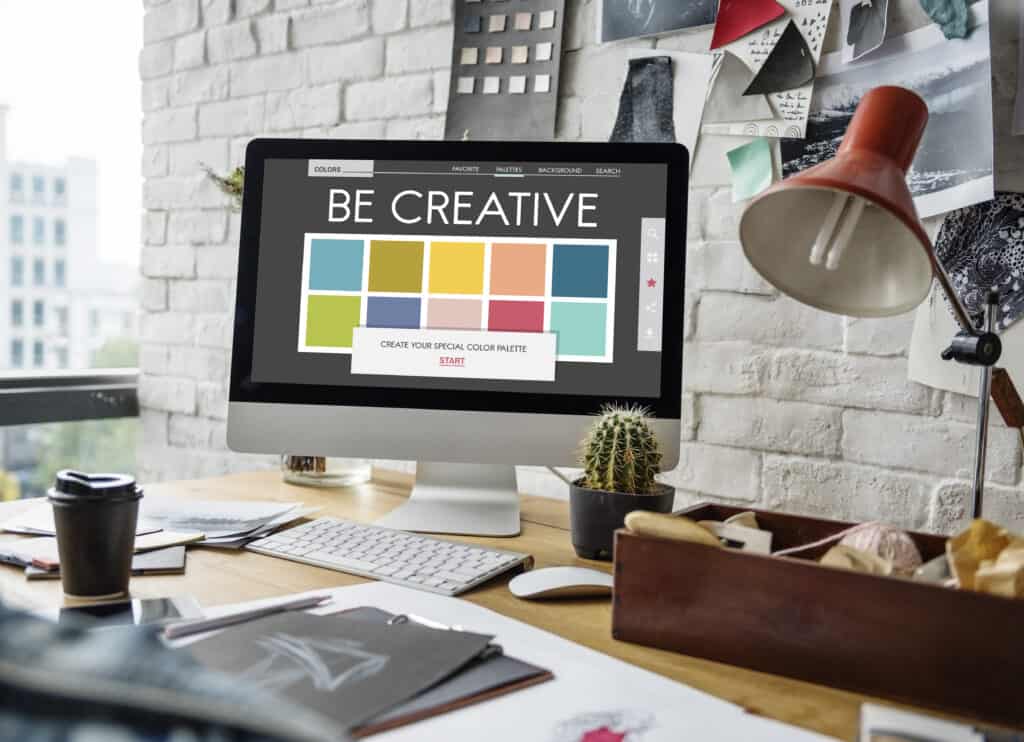
Creating a website that enhances your brand’s image requires a strategic approach. Here are six essential tips to help you achieve creative website design that leaves a lasting impression:
Creative website design emerges as a potent catalyst for building that image. From the inception of a visitor’s journey, the design elements craft a first impression, influence trust, and communicate the essence of your brand. As we’ve explored, the impact of creative design is undeniable. Your website’s consistency, user-friendliness, and mobile responsiveness all contribute to your brand’s online presence. As we conclude, remember this: investing in creative website design is an investment in your brand’s perception and success. The digital handshake can leave a lasting mark on your audience. Ready to boost your brand’s image? Reach out to us and let our design experts transform your online presence. For inquiries about enhancing your brand’s online presence through creative website design, please contact us at 760-383-3591. Our team of design professionals is here to help you make a powerful first impression in the digital landscape.
In the fast-paced marketing world, catching the eye and holding your audience’s attention is a challenge. That’s where creative designs come into play! Creative designs are like the colorful threads that weave a captivating story about your brand or product. They are the visual magic that can make your marketing messages stand out in the noisy crowd. In this blog post, we’ll explore why creative designs are essential for effective marketing. From making a memorable first impression to conveying emotions and messages, these artistic elements play a pivotal role in ensuring your marketing efforts hit the mark. Let’s dive in!
Creative designs play a pivotal role when it comes to grabbing your audience’s attention and leaving a lasting mark. They serve as the visual gateway to your brand’s story, making it imperative to invest in striking and innovative designs to ensure your message resonates effectively.
Eye-catching designs, such as graphics, color schemes, and layouts, can significantly impact people’s initial opinions about a product or brand. Research shows that people form their initial opinion within the first seven seconds of exposure, making creative designs crucial for making those seconds count. Visual elements like logos, infographics, and video thumbnails can pique curiosity and encourage further exploration. Creating visually appealing designs that halt the scroll and draw people in is essential.
Creative designs not only attract attention but also establish trust and credibility. A well-designed website reflects a well-organized and reliable business, while a poorly designed one can make visitors question the legitimacy of a company. Consistency in design across marketing materials, such as logos, colors, and styles, further reinforces trust, reassuring customers that they are dealing with a reputable brand.
Creative designs are crucial for effective branding, creating a recognizable and memorable logo.Customers who remember a brand are more likely to consider it in their purchasing decisions. Creative designs also evoke emotions and attitudes that align with the brand’s values, strengthening the connection between the brand and its audience.
When you think about your favorite brands, what comes to mind? Is it their logo, color scheme, or visual style? Most likely, it’s a combination of these elements, which are all part of a brand’s identity. Creative designs play a crucial role in reflecting and reinforcing this identity, making them essential for effective marketing.
When it comes to effective marketing, establishing a strong brand identity is paramount. Creative designs play a pivotal role in this process, contributing significantly to brand recognition and consistency. In this section, we’ll delve into why this aspect of creative design is crucial and explore real-world examples of companies that have harnessed the power of consistent design to build their brand.
Brand recognition is the ability of consumers to identify and associate your brand with its products or services. Creative designs are instrumental in achieving this recognition. Here’s how:
Consistency is the linchpin of effective branding. Here’s why maintaining design consistency across your marketing materials is paramount:
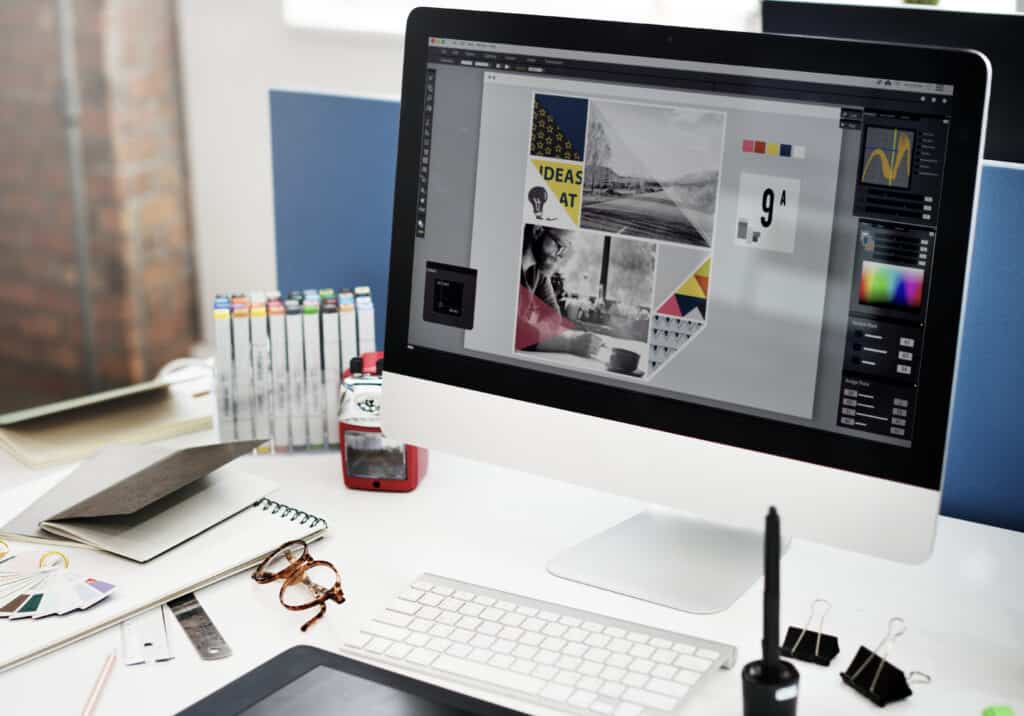
In marketing, where attention spans are fleeting, and competition is fierce, conveying messages and emotions quickly and effectively is a paramount challenge. This is where creative designs step in, playing a pivotal role in communicating complex ideas and evoking powerful emotions that resonate with your target audience.
Creative designs are the visual storytellers of your brand. They go beyond words to encapsulate the essence of your message or the depth of your emotions. Here’s how they do it:
In the ever-evolving marketing landscape, the digital age has ushered in a transformative shift in how businesses connect with their audiences. Creative designs are more crucial than ever, especially when it comes to adapting to the dynamic nature of digital marketing.
Digital marketing encompasses various platforms and devices, from websites and social media to mobile apps and email campaigns. Each of these channels requires a unique approach to design. The importance of responsive and adaptable designs lies in their ability to cater to these diverse digital environments:
User experience (UX) is at the heart of effective digital marketing. Creative designs play a pivotal role in enhancing UX, and responsive design, in particular, contributes significantly:
Creative designs are the backbone of effective marketing strategies. As discussed throughout this blog post, they captivate audiences, convey brand messages, and foster memorable experiences. Businesses can set themselves apart in today’s competitive landscape by investing in creative design. Creative designs catch the eye and create lasting impressions, ultimately driving engagement, conversions, and brand loyalty. To succeed in the ever-evolving marketing world, it’s imperative to recognize creative design’s pivotal role and make it a core asset in your strategic arsenal. For inquiries or assistance with your creative design needs, don’t hesitate to contact us at 760-383-3591. Your brand’s success starts with innovative and eye-catching design.



